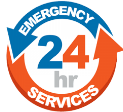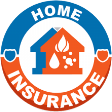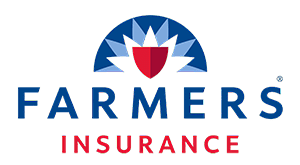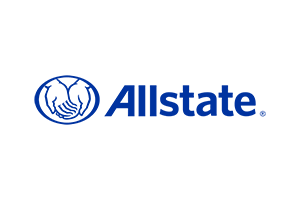Water Damage
Need Help?
Contact us now, available 24/7.
Find A Local Expert Ready To Help 24/7!
Water Damage Restoration & Cleanup Services
Nothing wreaks more havoc on your property than water damage, especially if you don't act fast. The reason water restoration should be considered an emergency is, depending on the source, water damage can also become a health hazard and lead to mold problems. Water damage can also come from appliance failure, washing machine or dishwasher overflows and toilet overflows. And, if this isn't enough to worry about, water damage also shrinks leather, warps wood, damages carpet, and causes other serious issues. Immediate water cleanup is crucial in preventing water damage from further destroying your property.
At Restoration 1, we understand that you need to get your life back to normal as quickly as possible. Our straightforward process will put your mind at ease, as we will clearly explain our water restoration and cleanup plan – you will have no unknowns to worry about. So after you are faced with a storm, a burst pipe, or another disaster that results in flooding, give us a call. We will step in to mitigate, prevent, or repair any damage efficiently.
Certified Water Restoration Experts
At Restoration 1, we are water restoration experts. Our team members have been trained and are certified by the IICRC – the Institute of Inspection, Cleaning and Restoration Certification. When you hire Restoration 1 to perform any water removal services, you're hiring qualified experts with an ability to determine issues and make educated assessments of the remediation efforts that your property needs. Our team knows to follow all federal, state, and local regulations; they also follow the IICRC guidelines and processes for water cleanup.
Once our team arrives, we can handle the more challenging water removal tasks. Mitigating water damage requires trained specialists who know how to address all potential consequences and repercussions. Our crew not only knows how to fix the damage, but they also know where to look for potential problems.
What is Water Damage?
Water damage is the intrusion of excess water. The water begins to break down and damage your property's materials and causes wood to rot, steel to rust, and mold to grow. There are three different categories of water contamination. Our highly trained technicians have a complete understanding of all three categories and how best to tackle and restore each. This in-depth knowledge is critical in handling water removal successfully. For those customers who are interested in the more technical details of water damage, we have listed some points below.
The Water Damage Experts
At Restoration 1, we use only the current equipment and approved processes for resolving your water damage. Our technicians hold the highest certification in our industry. This, along with continuing education, a clear process with step by step guidance and thorough documentation, allows you to sit back and let us bring your home back to normal after experiencing water damage. Give us a call, and we can come out to you immediately for an assessment, we are available 24/7. You don't have to face a water disaster on your own.



Services vary by Location. Contact your local Restoration 1 for more details.
Need Help?
Contact us now, available 24/7.
Find A Local Expert Ready To Help 24/7!
We Work With All Insurances
We have experience working with all insurance companies and can help you file a claim correctly, no matter where you are located.





